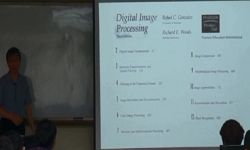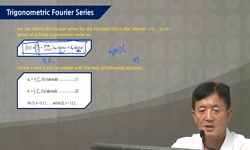<P><B>Abstract</B></P><P>The elastostatic problem of a mode-I crack embedded in a bimaterial with an imperfect interface is investigated. The crack is in proximity to and perpendicular to the imperfect interface, which is...
http://chineseinput.net/에서 pinyin(병음)방식으로 중국어를 변환할 수 있습니다.
변환된 중국어를 복사하여 사용하시면 됩니다.
- 中文 을 입력하시려면 zhongwen을 입력하시고 space를누르시면됩니다.
- 北京 을 입력하시려면 beijing을 입력하시고 space를 누르시면 됩니다.
https://www.riss.kr/link?id=A107593580
- 저자
- 발행기관
- 학술지명
- 권호사항
-
발행연도
2009
-
작성언어
-
- 주제어
-
등재정보
SCI,SCIE,SCOPUS
-
자료형태
학술저널
-
수록면
1456-1463(8쪽)
- 제공처
- 소장기관
-
0
상세조회 -
0
다운로드
부가정보
다국어 초록 (Multilingual Abstract)
<P><B>Abstract</B></P><P>The elastostatic problem of a mode-I crack embedded in a bimaterial with an imperfect interface is investigated. The crack is in proximity to and perpendicular to the imperfect interface, which is governed by linear spring-like relations. The Fourier transform is applied to reduce the associated mixed-boundary value problem to a singular integral equation with Cauchy kernel. By numerically solving the resulting equation, stress intensity factors near both crack tips are evaluated. Obtained results reveal that the stress intensity factors in the presence of the imperfect interface vary between that with a perfect interface and that with a completely debonding interface. Moreover, an increase in the interface parameters decreases the stress intensity factors. In particular, when crack approaches to the weakened interface closer, the stress intensity factors become larger for a sliding interface, and become larger or smaller for a Winkler interface, depending on the crack lying in a stiffer or softer material. The influences of the imperfection of the interface on the stress intensity factors for a bimaterial composed of aluminum and steel are presented graphically.</P>







 ScienceON
ScienceON







